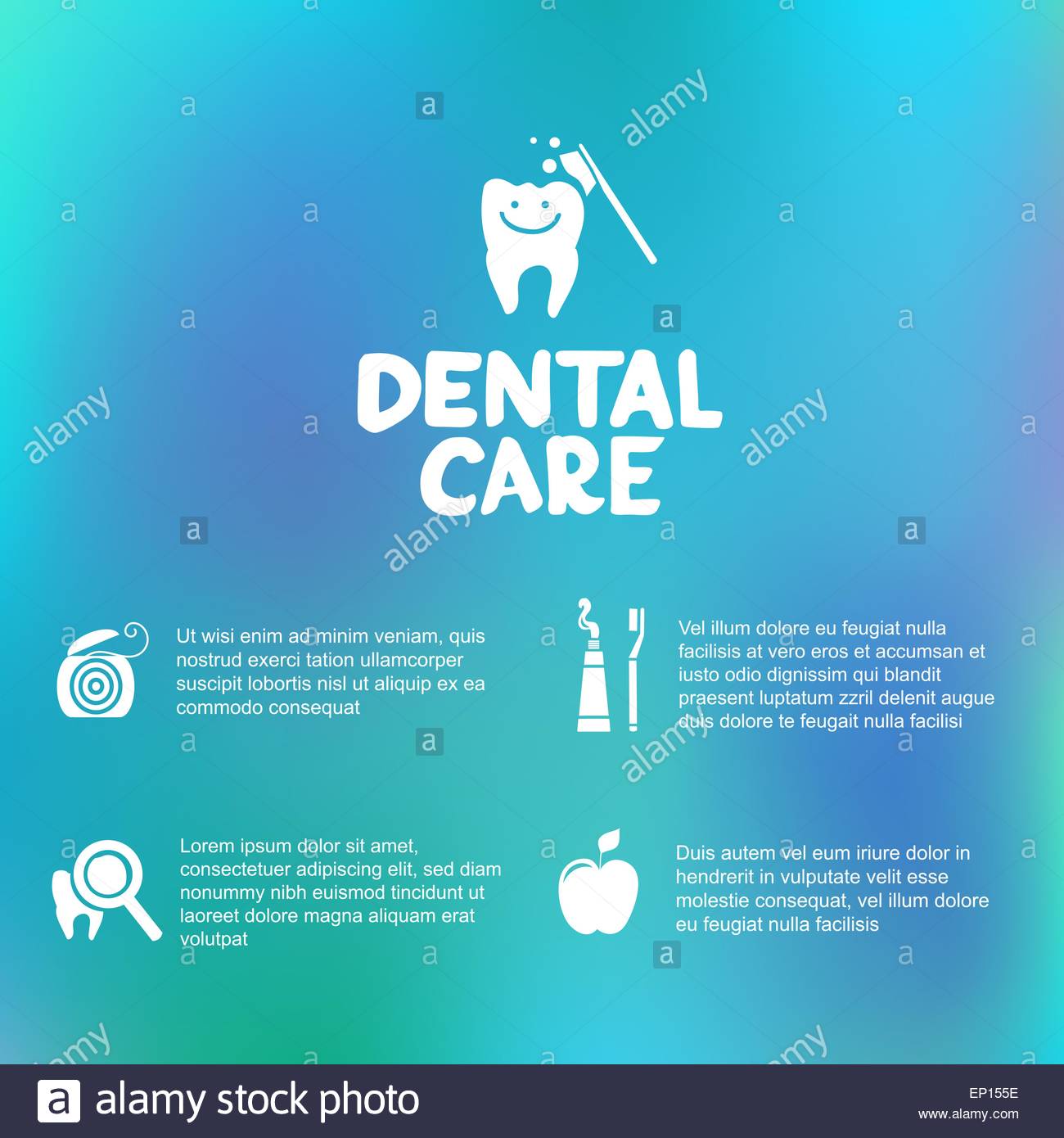The Improvement Of Dental Surgery: Introducing Technologies And Progresses Specifying The Field
The Improvement Of Dental Surgery: Introducing Technologies And Progresses Specifying The Field
Blog Article
Authored By-Petersson Guerra
Invite to the globe of oral surgery, where technologies and developments are forming the future of the area! In this exciting world, you'll witness the transformative power of robotics, the innovative wonder of 3D printing, and the game-changing influence of minimally invasive strategies.
The future of dental surgery holds a pledge of precision, effectiveness, and enhanced person outcomes. With the help of advanced robotics, specialists have the ability to execute complicated treatments with better accuracy and control.
3D printing innovation is reinventing the production of oral implants and prosthetics, providing tailored options that fit effortlessly into each client's one-of-a-kind makeup.
In addition, minimally intrusive strategies are decreasing post-operative pain and recuperation time, allowing individuals to return to their every day lives faster.
Prepare yourself to explore the amazing advancements and advances that are improving the landscape of dental surgery!
Advancements in Robotics
One major innovation in oral surgery is making use of robotic innovation, which permits exact and effective procedures. With the help of robotic systems, dental surgeons have the capability to execute complex surgeries with enhanced precision, lessening the threat of human error.
These robotic systems are furnished with sophisticated imaging innovation and precise tools that make it possible for surgeons to browse through detailed physiological frameworks with ease. By making use of robot innovation, surgeons can attain greater medical accuracy, causing boosted patient end results and faster recovery times.
On browse around this site of that, making use of robotics in oral surgery permits minimally intrusive treatments, decreasing the injury to bordering tissues and advertising faster recovery.
3D Printing in Oral Surgery
To boost the field of oral surgery, you can explore the subtopic of 3D printing in dental surgery. This ingenious innovation has the prospective to revolutionize the way oral surgeons operate and deal with clients. Here are four crucial methods which 3D printing is shaping the area:
- ** Personalized Surgical Guides **: 3D printing enables the development of extremely exact and patient-specific surgical overviews, enhancing the accuracy and performance of procedures.
- ** Implant Prosthetics **: With 3D printing, oral specialists can create personalized implant prosthetics that perfectly fit an individual's one-of-a-kind makeup, causing much better end results and person satisfaction.
- ** Bone Grafting **: 3D printing allows the manufacturing of patient-specific bone grafts, minimizing the need for traditional implanting techniques and improving healing and healing time.
- ** Education and learning and Training **: 3D printing can be made use of to develop realistic medical versions for instructional functions, allowing oral specialists to practice complex treatments prior to doing them on patients.
With its prospective to improve precision, personalization, and training, 3D printing is an exciting growth in the field of dental surgery.
Minimally Invasive Techniques
To even more advance the field of dental surgery, embrace the potential of minimally intrusive techniques that can significantly profit both cosmetic surgeons and patients alike.
Minimally intrusive strategies are reinventing the area by decreasing surgical injury, decreasing post-operative discomfort, and increasing the recuperation process. These techniques involve making use of smaller sized lacerations and specialized instruments to execute procedures with precision and effectiveness.
By utilizing innovative imaging technology, such as cone beam calculated tomography (CBCT), specialists can accurately prepare and implement surgical procedures with minimal invasiveness.
In addition, using lasers in dental surgery allows for exact tissue cutting and coagulation, leading to lessened bleeding and decreased healing time.
With minimally intrusive strategies, people can experience much faster recovery, lowered scarring, and improved outcomes, making it a crucial aspect of the future of dental surgery.
Final thought
So, as you can see, the future of dental surgery is exceptionally encouraging, with exciting innovations and developments shaping the field.
From the advancements in robotics to making use of 3D printing and minimally invasive strategies, oral specialists are reinventing the way they supply care.
While lakeway dentists may worry about the prospective cost associated with these developments, it is essential to keep in mind that these technologies inevitably enhance person end results and decrease recuperation time, making them well worth the investment in the long run.
